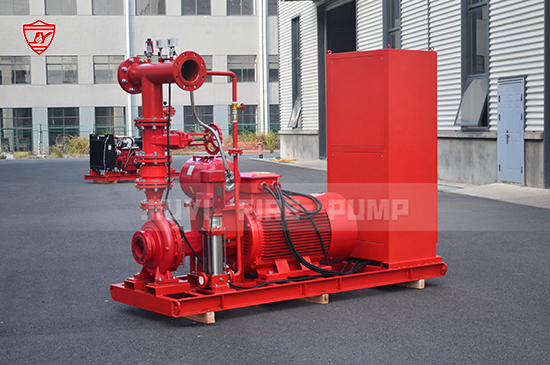A fire pump is a mission-critical component in any fire protection system. In diesel-driven fire pumps, the battery plays an essential role—it powers the engine starter to initiate pump operation when needed. But what if that battery fails?

If the battery fails during a fire emergency, the pump may not start at all. This results in the entire sprinkler or hydrant system not receiving enough pressure, leaving your building vulnerable. In high-rise buildings, hospitals, factories, and other critical infrastructures, the consequences can be catastrophic.
Poor Maintenance: Lack of routine inspection and testing can lead to unnoticed wear and battery degradation.
Overcharging or Undercharging: Improper voltage levels can reduce battery life or render it non-functional.
Aging Battery: Batteries have a finite life (usually 2–3 years). Old batteries often fail without warning.
Corrosion or Loose Connections: These can disrupt power delivery during critical moments.
Perform weekly inspection as per NFPA 25 guidelines.
Use a battery tester to monitor voltage levels.
Check for physical damage like bloating, leaks, or corrosion.
Ensure terminal connections are tight and clean.
Log battery age and replace it proactively before its expected end-of-life.
NFPA 20 requires two batteries for diesel engine fire pumps—one serves as a backup to ensure redundancy. However, if both batteries are not maintained properly, dual failure is still possible. This is why preventive maintenance and routine testing are crucial.
Immediate replacement with a compatible battery.
Investigate the root cause to avoid recurrence.
Check charger settings and power supply.
Update maintenance protocols to include better tracking and early warning signs.